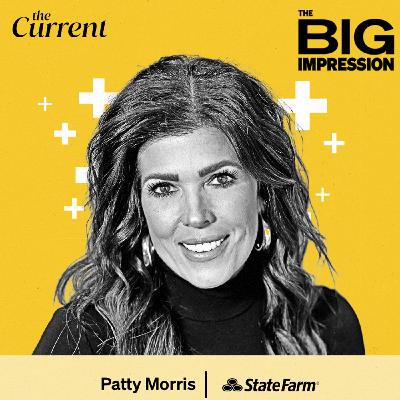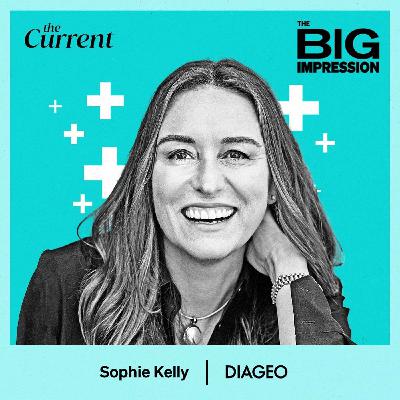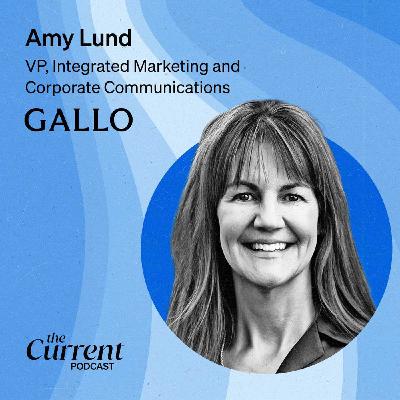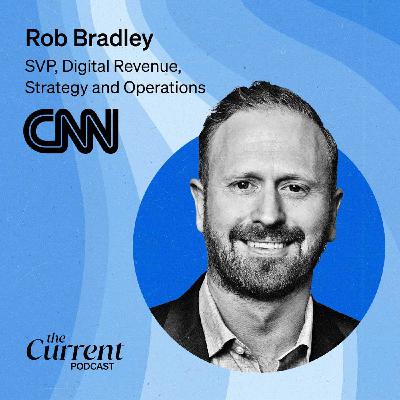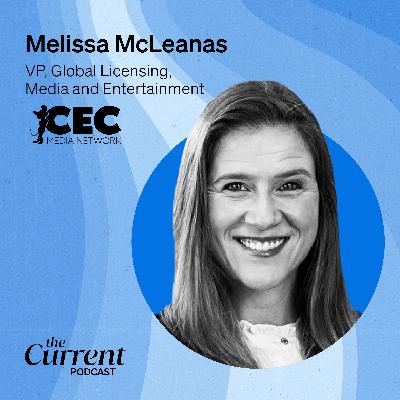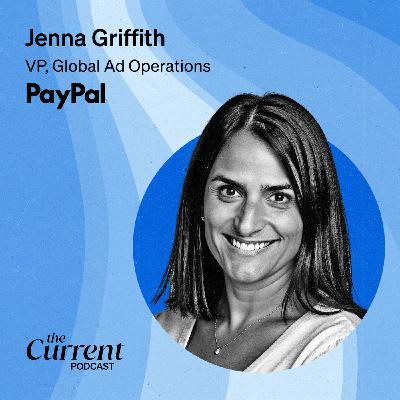SAP’s Tim Hoppin on why emotional storytelling belongs in B2B
Description
B2B marketing has long been stuck with a somewhat boring reputation: rational, buttoned-up and forgettable. Tim Hoppin is on a mission to change that. As chief brand and creative officer at SAP, he’s helping one of the world’s largest software companies embrace big creative swings — and prove that business buyers are humans too.
Episode Transcript
Please note, this transcript may contain minor inconsistencies compared to the episode audio.
Damian Fowler (00:00 ):
I'm Damian Fowler.
Ilyse Liffreing (00:02 ):
And I'm Ilyse Liffreing. And welcome to this edition of The Big Impression.
(00:09 ):
You might be wondering, wait, what? Isn't this The Current Podcast? I'm here to listen to brand marketers talk about the highs and lows of their brand campaign. I know I am. Well, rest assured, we've just had a little bit of a brand refresh. We're now the big impression, and
Damian Fowler (00:27 ):
That's official shout out to our creative team for the new name, which I really love actually.
Ilyse Liffreing (00:32 ):
So without further ado, let's kick off this new season with a great guest.
Damian Fowler (00:39 ):
And today we are delighted to be joined by Tim Hoppin, the chief brand and creative officer at SAP.
Ilyse Liffreing (00:45 ):
Now, SAP makes software that helps big companies run everything from payroll to supply chains, all in one integrated system. It was recently hailed by brand Z as a 23rd most valuable brand on the planet.
Damian Fowler (01:00 ):
And no doubt, some of that's thanks to Tim. He's a brand builder who spearheaded the tech company's recent B2B campaign, unstoppable, which was shortlisted at this year's Cannes Lion, and that's where we sat down with him. So we're going to start out with this sort of philosophical frame. Ryan, you have said that a brand must influence everything a company makes, says and does. Could you explain that philosophy a little bit?
Tim Hoppin (01:29 ):
Yeah, sure. I think a lot of people even just kind of reduce it down to branding, like the colors and things like that and maybe the expression a little bit. But the way I think about a brand transmits meaning to people, and it does that through lots of different formats. So when I say what a brand is, what you make, you're actually affecting the service or the product that you're actually delivering to the world. So my classic example is Harley Davidson. Those motorcycles don't use plastic and they do that very specifically because they want the brand to be expressed a certain way in products. And then when I say a brand is what a company says, that's your marketing, your communication, and then what you do is your activations, your choices on what kind of companies you're going to invest in and so on and so forth. But it's all three.
Ilyse Liffreing (02:25 ):
Yeah. Can you walk us through your recent SAP campaign, which I believe is called Unstoppable?
Tim Hoppin (02:31 ):
The campaign was built to communicate a new way we're going to market with our products, which is bringing together all the different parts of the software that we make. We tie together, we call it the SAP Business suite, and we're dramatizing it with sort of metaphors that bring it to life. For instance, sometimes if you're in business and you're in charge of something, like being head of it could feel like you're literally underwater. So we recreated what literally happens when the entire office goes underwater. So we filmed the entire office submerged underwater, and people are trying to go about their business. And of course at the end we introduced our product, which kind of drains it and gets things back to normal. And another example, sometimes when you're trying to innovate, it's like an uphill battle. So you start off and the entire building tilts on its side and we kind of go in this metaphor world where the COO is trying to march up a hill and things are coming at her and she's trying to dodge it. So they're all metaphors that we can kind of associate, but they're also very real stories. Every one of 'em is based on an actual customer story.
Ilyse Liffreing (03:47 ):
Very fun. What would you say are the key consumer business insights behind this campaign?
Tim Hoppin (03:54 ):
Yes, because purely B2B, our research is a little bit, you have to be more precise in getting those insights. So a lot of it has to do with doing interviews because there's not like a survey you're going to send out to a bunch of CFOs or CEOs and they're going to respond. They're pretty busy people. But we can do other things like get some individual interviews. We do quant studies as well as well, but it's easier to get real insights when you actually talk to real people. So more like anthropology research, I'd say, than sort of traditional marketing broad surveys.
Ilyse Liffreing (04:35 ):
Some people might say that emotional storytelling and B2B business campaigns are almost like a oxymoron of sorts. Is that at a conundrum would you say,
Tim Hoppin (04:51 ):
How many times have you seen a piece of content that's using just stock imagery talking about functional stuff and you just ignore it? And so there's this perception that that's what everybody wants and does. We are seeing a renaissance in B2B where emotional, strong, insight-driven work is what works. And so I think you're going to see more and more of that as people realize that it actually is more effective.
Damian Fowler (05:22 ):
It's interesting to me that the B2B is being put out on what you might consider consuming channels. I'm just curious to hear your take on why that was important and basically how did you activate this campaign and where did you want to put it?
Tim Hoppin (05:38 ):
Yeah, so our media team and working with their agency took the brief that we're trying to do two things. We're trying to both lead people that are maybe in market ready to buy, lead them into our ecosystem and get in touch with our salespeople. But we also recognize that SAP as a 50 plus year old company has some perceptions out there and we need to constantly reeducate the marketplace about who we are, what we stand for, and then also present ourselves to the next generation. 71% of all B2B buyers are either millennials or Gen Z, 71%.
Damian Fowler (06:20 ):
Wow, that's a amount.
Tim Hoppin (06:22 ):
Yeah, it's a lot. So to become and stay relevant, even as the world's largest enterprise software company, you can't rest on your laurels. So some of those media tactics, like being in airports or some television buys in very targeted ways is designed to get broad enough reach so that we can get people familiar with us and start to understand what we stand for so that when they're ready to buy, they're not just hearing about us for the first time. And then of course we're looking at the real data, what's happening out there? Happy to say that all of our creative work has got five stars, or hybrid is the highest you can get the system one, we're beating every industry benchmark. And then in market, the performance that we're seeing in the market is also way above all of our benchmarks. So we're excited because as we like to say, if creative doesn't work, it's not working.
Ilyse Liffreing (<a href="https://www.rev.com/app/transcript/Njg3NjhlNDU4OTA3YzhiOGQwYTI3YjAydGVFeGRUWXVBNERT/o/VEMwMzkxMDQxODI1?ts=434.66"












